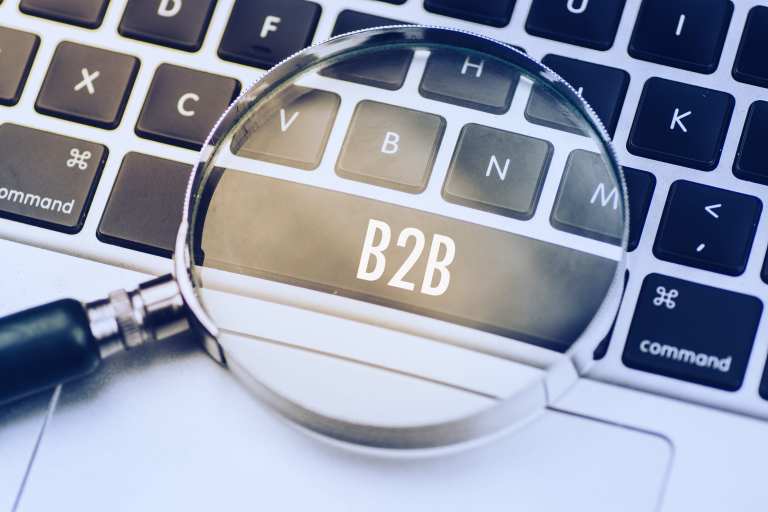“At the speed of business.” The phrase evokes capitalism with dynamic velocity, which is probably why it was the UPS ad tagline for years, and why Cisco later used another variation, “Innovate at the Speed of Business,” to articulate itself. So, what is the speed of business?
If we’re talking about business-to-business (B2B) payments, the speed of business is nothing to brag about. Not with all of those paper checks still being mailed long after goods and services are exchanged. In the March 2020 Innovating B2B Retail Payments Playbook: Optimizing Payment Solutions For Business Customers edition, a PYMNTS and MSTS collaboration, we’re reminded that typical B2B invoices take over 14 days to process, and the more people involved the longer it takes.
Seeing as how 63 percent of B2B invoices require between two and five individual signoffs, that minimum of 14 days to process really means 30, so forget about receiving that paper check (still the method of choice for 80 percent of all B2B payments) for 45 to 90 days. Approximately.
The outmoded B2B payments landscape stands in stark contrast to the business-to-consumer (B2C) and peer-to-peer (P2P) spaces where instant money and real-time payments are becoming the norm. Businesses try to make up the lag time by paying invoices with credit cards, but it’s a mismatch that can harm profits. These payments proclivities between B2B and B2C companies are fascinating and nuanced, with the most interesting differences spelled out in the March 2020 Innovating B2B Retail Payments Playbook: Optimizing Payment Solutions For Business Customers edition.
The Cash Flow Breakthrough
The lethargic pace of most B2B payments gets a lot of attention now as faster access to invoiced monies steadies cash flow, get bills and vendors paid on time, and generally has positive economic ripple effects down the line. There are psychological benefits as well.
To realize cash flow benefits, more companies are using Credit-as-a-Service (CaaS) solutions that streamline buyer onboarding, offer secure simplified credit applications, and process payments for omnichannel B2B sellers. It works both ways as traditionally B2C sellers dip their toes into lucrative B2B waters. In fact, B2C has been out in front on this one much more.
“B2C retailers have opportunities to gain additional revenue streams from the B2B market,” Brandon Spears, president of MSTS, told PYMNTS. “The challenge for B2C companies is that they don’t have accounts receivable departments to support invoicing and payment on terms. If retailers can’t support the processes and methods of payment preferred by B2B buyers, they run the risk of losing the opportunity to serve this market. Retailers can either offer in-house credit and add staff to AR departments or outsource to third parties. By outsourcing credit and AR functions, B2C companies can capitalize on automated credit, invoicing, receivables and cash application processes, and get help with collections.”
Keeping B2B Payments Honest
If the topic is payments, at some point fraud will enter into it. In the B2B world, fighting fraud is often a more complex and costly endeavor, as payment amounts are larger and major deals are made without the principals ever meeting. Payments platform artificial intelligence (AI) is getting good at scanning immense datasets for the incongruous, but onboarding is where you want to catch it first.
“Onboarding processes can consist of many different analysis types, and most seek to assess the financial reliability of new vendors or partners,” the report states. “PYMNTS’ research shows that 65.9 percent of businesses collect new suppliers’ credit information, and 45 .1 percent collect data on suppliers’ past financial performances. Gathering these details helps vendors ensure that new suppliers can pay on time and in accordance with contract terms.”




